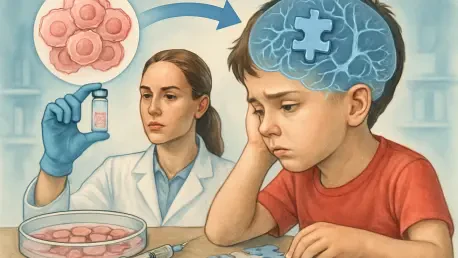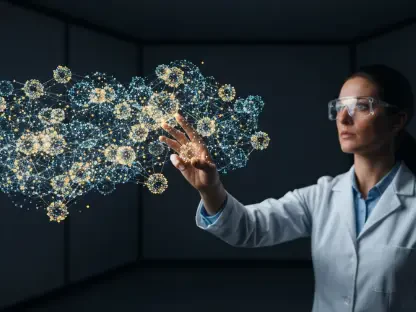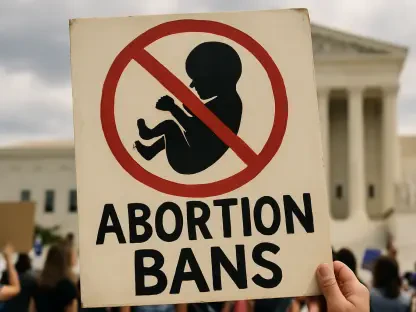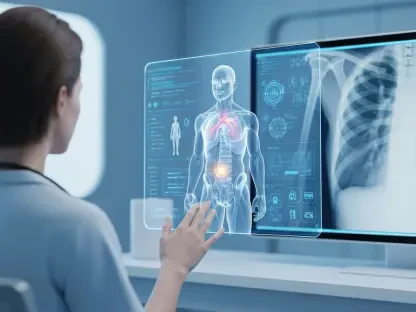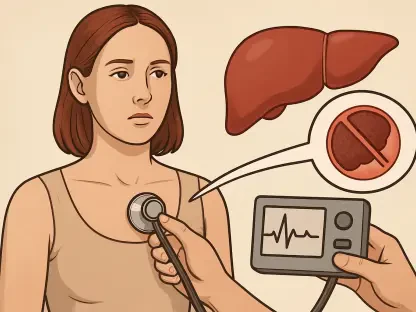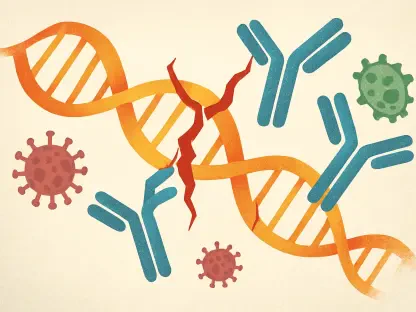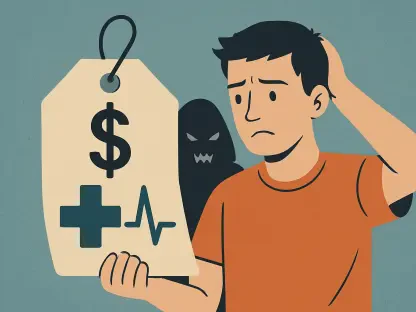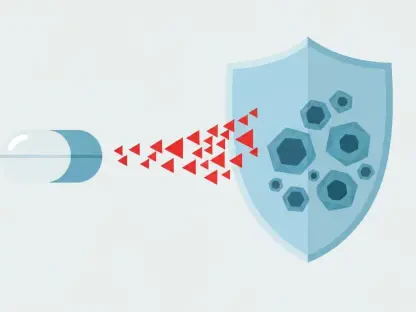What if a single medical breakthrough could alter the trajectory for millions of individuals with autism spectrum disorder (ASD)? Picture a child struggling to connect socially, or a family searching tirelessly for solutions beyond traditional therapies, and imagine a future where hope becomes reality. This isn’t a distant dream but a tangible possibility with Japan’s recent approval of a pioneering stem cell therapy by the Ministry of Health, Labour and Welfare (MHLW). This development has ignited global curiosity, hinting at a future where regenerative medicine might offer answers to one of the most complex neurodevelopmental conditions affecting society today.
Why This Matters: The Autism Challenge
With approximately 61.8 million people worldwide—one in every 127 individuals—living with ASD, the condition casts a wide net, impacting not just those diagnosed but entire communities. The weight of this prevalence underscores an urgent reality: current treatments, often limited to behavioral interventions and medications, frequently fall short in addressing core challenges. This gap has fueled a pressing need for innovation, making the emergence of stem cell therapy a potential turning point in redefining how autism care is approached.
A Closer Look at Biostar’s Groundbreaking Therapy
At the heart of this medical milestone is Biostar Stem Cell Technology Research Institute’s Angel Stem Cell Therapy, a collaborative effort with RBIO and Nature Cell. Approved for use at Osaka Trinity Clinic in Japan, this treatment targets individuals aged four and above with ASD. It utilizes autologous fat-derived mesenchymal stem cells, delivered intravenously in doses ranging from 50 to 300 million cells over five to ten sessions, spaced two to four weeks apart. This structured regimen represents a tailored approach, aiming to address underlying neurodevelopmental issues in a way traditional methods often cannot.
The therapy’s impact is measured with precision, using the Social Responsiveness Scale-2 (SRS-2) three months after the final session to assess changes in social behaviors linked to autism. Beyond Japan, Biostar is compiling clinical data to support expansion into markets like the United States, signaling a broader vision. This methodical process, grounded in rigorous evaluation, positions the treatment as a credible contender in the quest for transformative autism care.
Voices of Hope: Expert Perspectives
Dr. Jeong Chan Ra, director of Biostar, has described this approval as a “milestone for patients and families globally,” highlighting its potential to reshape lives. Operating under Japan’s stringent Safety and Security Act, the therapy prioritizes patient safety, a commitment reinforced by partnerships with RBIO, Nature Cell, and Japan Angel Stem Cell (JASC). While patient testimonials are still forthcoming due to the recent rollout, early clinical insights leveraging Korea’s advanced stem cell technology paint an optimistic picture for what lies ahead.
This expert endorsement isn’t just rhetoric; it’s backed by a framework of accountability. The collaboration ensures that every step, from stem cell cultivation to administration, adheres to high standards. Such dedication to both innovation and safety builds trust in a field where families often face uncertainty, offering a glimmer of assurance amid uncharted territory.
The Bigger Picture: Stem Cells in Modern Medicine
This approval reflects a larger trend in healthcare—regenerative medicine is gaining ground as a viable option for conditions once deemed intractable. Stem cell therapies are increasingly seen as patient-specific solutions, a shift from one-size-fits-all approaches that have dominated autism treatment for decades. Japan’s move to greenlight this therapy could inspire other nations to explore similar paths, potentially creating a ripple effect across global medical landscapes.
For those directly affected by ASD, this signals more than just a new treatment; it’s a symbol of evolving perspectives. The focus on personalized care aligns with growing demands for interventions that adapt to individual needs rather than relying solely on generalized strategies. As research progresses from 2025 onward, the hope is that such therapies will become more accessible, bridging gaps in current autism management.
Mapping the Road Ahead: What’s Next for Families and Research
Looking back, the journey to integrate stem cell therapy into autism care has been marked by cautious optimism and relentless dedication. Reflecting on this milestone, it becomes clear that the next steps involve expanding access—ensuring clinics beyond Osaka can offer this treatment. Families are encouraged to stay updated on Biostar’s progress, particularly as data collection aimed at entry into the United States unfolds, promising wider reach.
Moreover, advocacy has proven vital in these times. Supporting further studies ensures that evidence-based practices continue to guide the field, preventing premature hype from overshadowing genuine potential. For healthcare providers and researchers, the challenge is to balance innovation with ethical considerations, paving the way for sustainable advancements in regenerative medicine for ASD and beyond.
